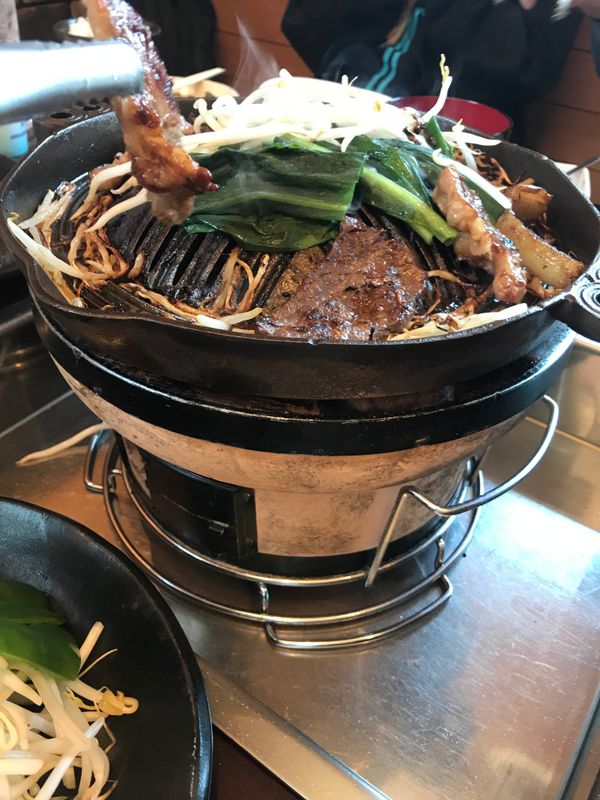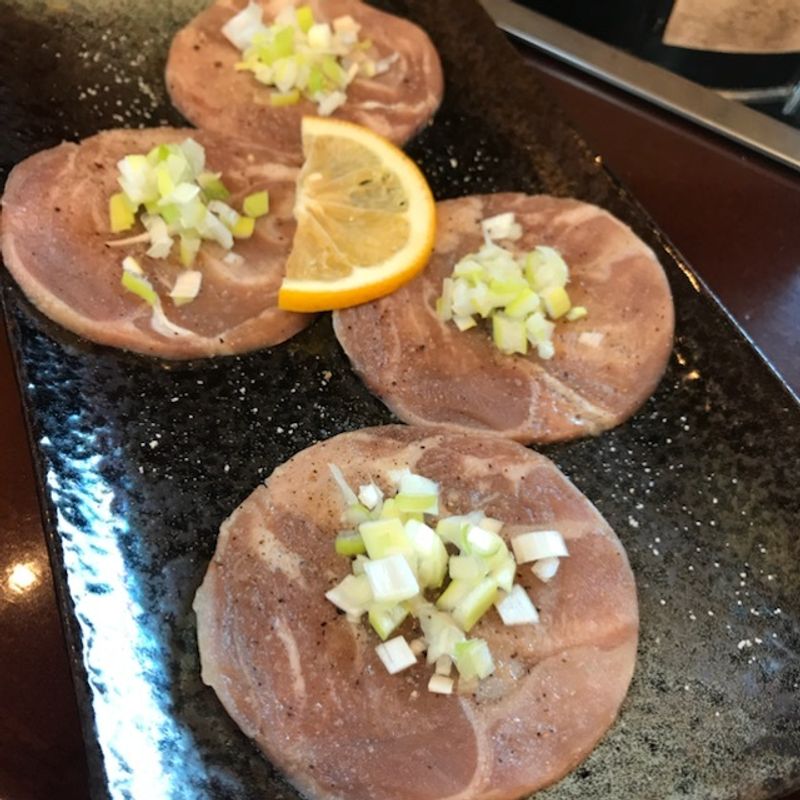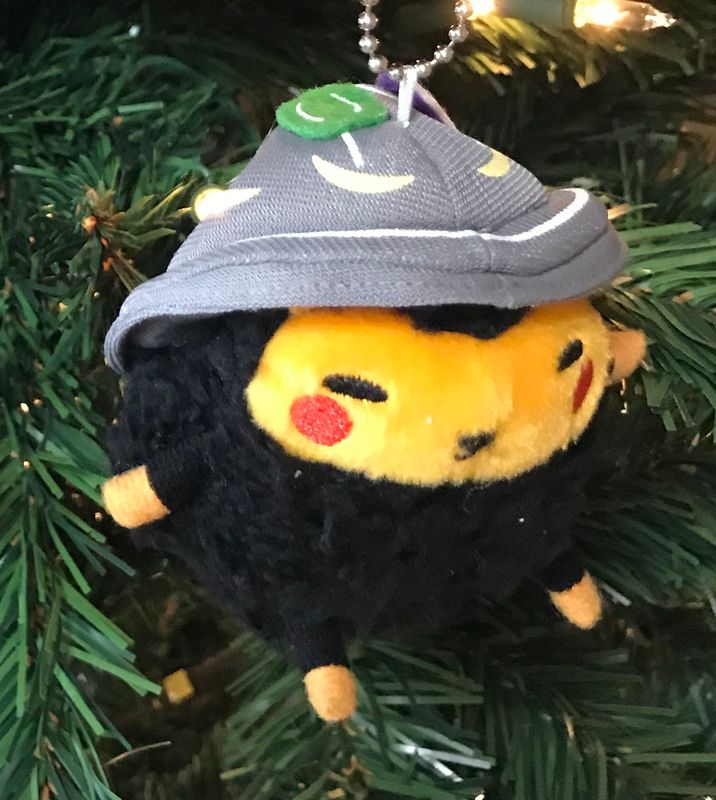Feb 24, 2018
Eat like a Mongol Warrior in Hokkaido
When you visit or live in Japan, there are two types of cook-it-yourself meals that you typically encounter: yakiniku and shabu shabu. The former puts you in front of a small grill where you cook your meat and vegetables on a stove or over hot coals, while the latter uses a pot to boil your food. You can find yakiniku and shabu shabu restaurants all over Japan, and they've even become popular abroad.
Still, there is one more type of cook-it-yourself meal famous in Hokkaidō that is even better: ジンギスカン (Jingisukan, or "Genghis Khan").
I know what you’re thinking: why is there a Hokkaidō dish named after the famous Mongolian conqueror? To answer that question, first I need to explain what Genghis Khan (the meal) is.

Genghis Khan is similar to yakiniku in that you get meat and veggies to cook over a stove in front of you, but in the case of Genghis Khan, you typically employ a conical cast iron hot plate (looks almost like a helmet). The signature meat in Genghis Khan is lamb and mutton that comes in various cuts (even lamb's tongue--see below).

Like yakiniku, there are a variety of dipping sauce options, and if you’re enjoying Genghis Khan in Hokkaidō, you’ll also be able to enjoy the prefecture’s delicious veggies and beer.
So how'd it get the name "Genghis Khan?"
As with most regional specialties, there are variations on how the name came about, but here's the general consensus: During the Meiji-era (1868-1912), the Imperial government pushed for Hokkaido to increase its sheep production for the wool and meat. As such, Hokkaidō ended up having a large amount of sheep, to the point where lamb and mutton was considered a daily consumable rather than a once-in-a-blue moon delicacy. Naturally, the people of Hokkaidō gained an acquired taste for the meat, and travelers visiting the northern prefecture would often want to sample it. In serving it up, it seemed that the method of eating it fresh off a hot plate made for an especially delicious meal in the frigid Hokkaidō climate.
Well, when it came to naming this hearty feast, the people of Hokkaidō looked west and attributed the style of meal to what the Mongol hordes used to eat to maintain strength and stamina; hence, the name Genghis Khan (or Jingisukan, in phonetic Japanese).
How popular is Genghis Khan?
It’s basically become the most popular non-seafood regional eat in Hokkaido—so popular, in fact, that they have modeled mascots after the dish (three, in fact).

Jin-kun, Gisu-kun (pictured above), and Kan-chan are the three mascots celebrating this Hokkaidō specialty, and you can find them all over Japan’s northern prefecture.
So where’s the best place to get Genghis Khan?
There are fantastic places all over Hokkaidō, but the classic place to find it is at Sapporo Beer Museum. There, you can get all you can eat Genghis Khan and all you can drink for 3,900 yen per person, or if you are just interested in the delicious food, 2,900 yen per person. Here's where to find it:
Do you have any more questions about this Hokkaidō specialty? Have any great recommendations for travelers seeking Genghis Khan? Feel free to use the comments section below!
Hitting the books once again as a Ph.D. student in Niigata Prefecture. Although I've lived in Japan many years, life as a student in this country is a first.
Blessed Dad. Lucky Husband. Happy Gaijin (most of the time).



0 Comments